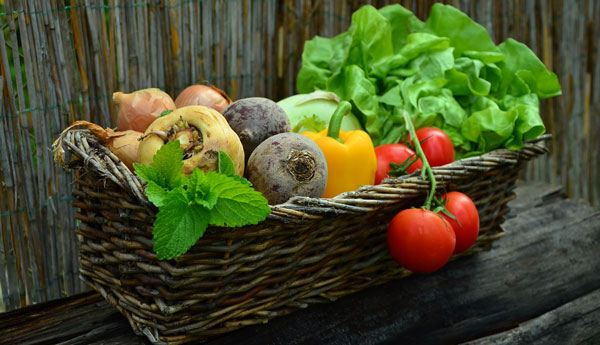
As homesteaders, self-sufficiency seems almost folded into our DNA. While the lifestyle has many appeals, one thing in particular that binds us is a deep appreciation for the land, and a desire for a connection to the food that nourishes us. These sorts of virtues have fallen in and out of mainstream appeal over the years, sometimes on a whim, and other times on account of overwhelming necessity. One of those times when self-sufficiency was at its zenith, of course, was when Victory Gardens were sweeping the globe.
During the First World War, food production in Europe fell dramatically thanks not only to the conscription of farm workers, but also due to the utter destruction of much farm land. Even what goods were produced were often unable to be shipped around the world, due to breaks in the supply chain. Sound familiar? But I digress.
Here in the United States, a man by the name of Charles Lathrop Pack hit on a brilliant solution. If citizens planted their own small vegetable gardens, communities could supply themselves with food, without relying so much on external trade and transportation. Pack organized the U.S. National War Garden Commission in 1917, which then launched the War Garden Campaign to promote the use of surplus private and public lands for said gardens. The result? Five million gardens, with a produce in the high hundred millions–by some estimates over a billion–by war’s end.
Next came the United States Garden Army, formed by a partnership between the Bureau of Education and the Department of the Interior. By the end of the war, these small plots were producing more food than farmers had in the years previous.
In the Second World War, the idea of the Victory Garden was restarted and expanded, though they were generally called “war gardens” in this period. Nearly 20 million gardens were planted, from New York City, to Golden Gate Park in California. The result? Some 9-10 million tons of produce.
So what’s the point of my rambling? With the current state of the world, it may be high time for us to consider some victory gardens of our own again. Total self-sufficiency is a wonderful thing, but don’t overlook the power of community when it comes to keeping maintaining a diverse diet. Get to know your neighbors, compare notes on what you’re growing, and see how you all may be able to help each other out. Who knows, if worst comes to worst, they may have planted what you’ve forgotten.
A humble homesteader based in an undisclosed location, Lars Drecker splits his time between tending his little slice of self-sustaining heaven, and bothering his neighbors to do his work for him. This is mainly the fault of a debilitating predilection for fishing, hunting, camping and all other things outdoors. When not engaged in any of the above activities, you can normally find him broken down on the side of the road, in some piece of junk he just “fixed-up.”
